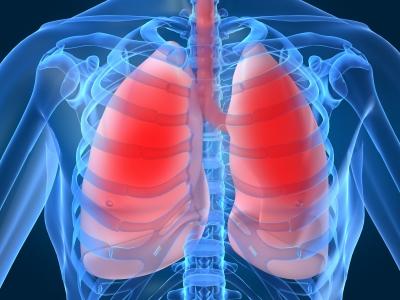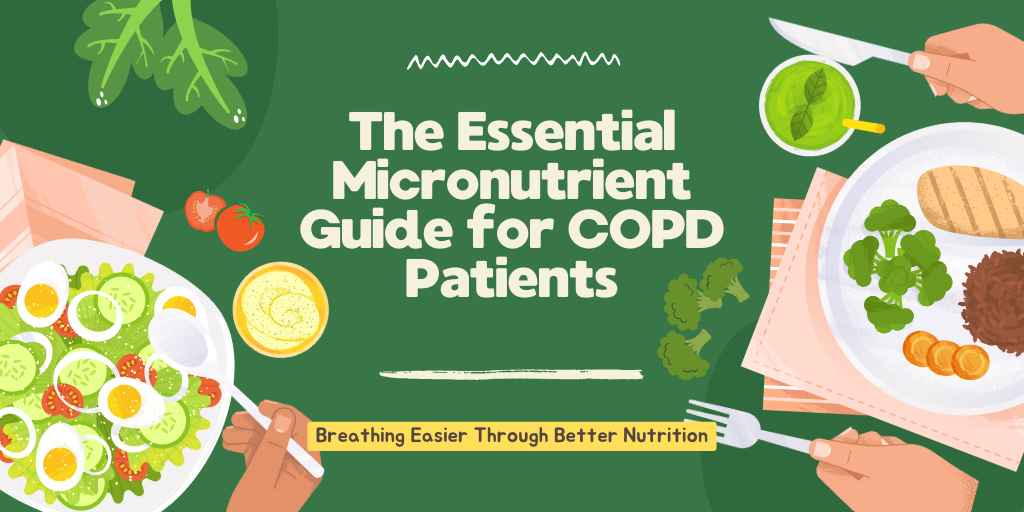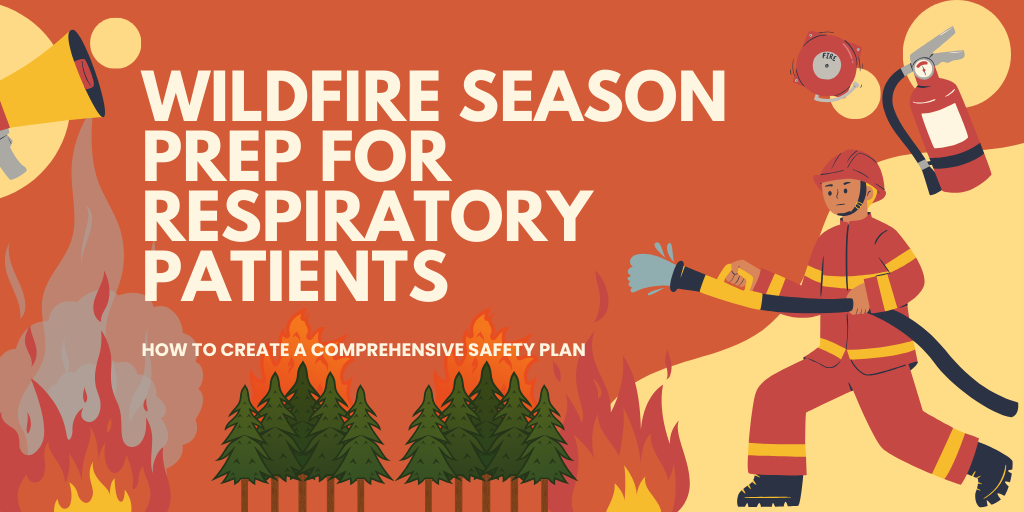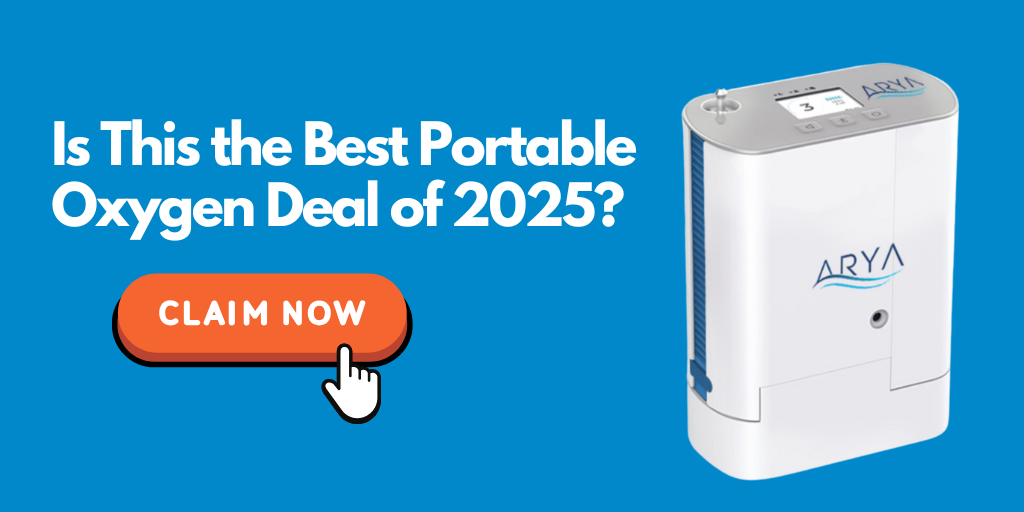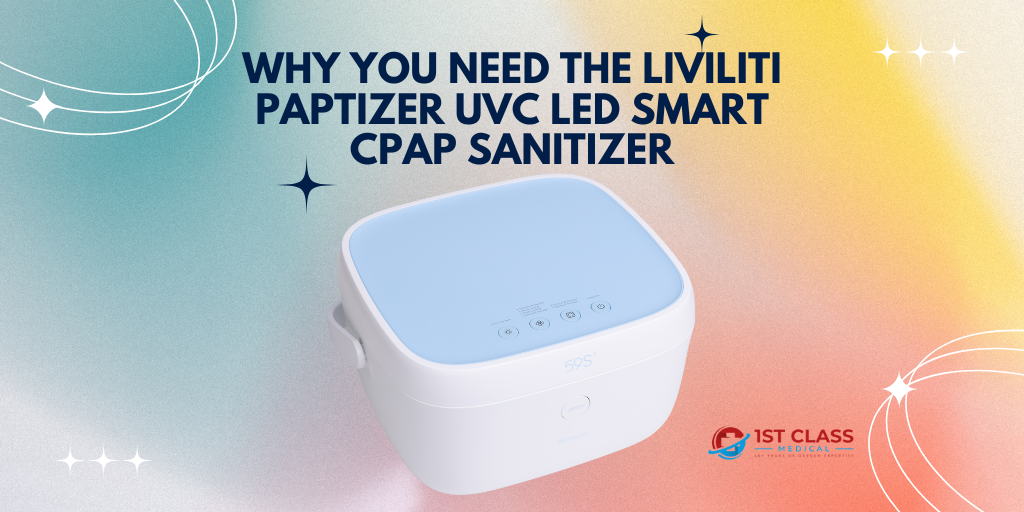Who Gets Pneumonia?
Anyone can get pneumonia, but you're at a higher risk than others due to the following:
- Chronic lung diseases such as chronic obstructive pulmonary disease (COPD), asthma, cystic fibrosis, or bronchiectasis (a disease where your lungs' airways are abnormally widened and stretched)
- Genetic syndromes like alpha-1 antitripsin deficiency
- A recent viral respiratory infection such as a cold, flu, or laryngitis
- Cigarette smoking
- Exposure to pollutants like dust, fumes, and irritants
- A weakened immune system due to autoimmune disorders
- Certain medications like steroids and transplant and chemotherapy medications
- Sleep apnea
- Heart disease, cirrhosis of the liver, or diabetes
- Difficulty swallowing due to Parkinson's disease, stroke, dementia, or other neurological illnesses
- Impaired consciousness due to loss of brain function from stroke, dementia, or other neurological illnesses
- Recent trauma or surgery
- Cerebral palsy
Effects of Pneumonia on Oxygen Patients
Pneumonia is treatable in the majority of patients. However, if you have COPD, you’re not only at a higher risk from developing pneumonia but from developing serious and life-threatening complications from it.
Streptococcus pneumoniae, Haemophilus influenzae, and Moxarella catarrhalis are the most common causes of pneumonia or exacerbations in people with COPD. The choice of antibiotic depends on the bacteria being treated and bacterial resistance to common antibiotics in the area. Giving preventive antibiotics to patients with frequent exacerbations is not recommended because this practice contributes to the development of bacterial resistance.
In a study conducted by Jordi Rello, et al, chronic obstructive pulmonary disease patients who contracted CAP were hospitalized in the intensive care unit. It was found that patients with COPD are at an increased risk of contracting pneumonia. Conversely, COPD is actually the most common comorbid disease in patients who are hospitalized for CAP.
These patients also had higher morbidity and mortality rates and required mechanical ventilation when compared with CAP patients who did not have COPD.
What to Look For
If you’re a COPD patient, you should be aware of pneumonia’s symptoms. If you suffer from any of these, you should go to your nearest hospital ER or dial 911 for help. These symptoms include:
- Increased shortness of breath
- Rapid breathing
- Wheezing
- Any other changes to your normal breathing patterns
- Fever
- Chills and shaking
- Nausea
- Vomiting
- Diarrhea
- Increased mucus production
- Green or yellow phlegm, indicating the need for antibiotics
- A bluish tinge to your fingernails or lips, a sign that you’re not receiving enough oxygen to your body
- Confusion
- Restlessness
- Anxiety
- Loss of consciousness
What Else Can You Do to Prevent Pneumonia
If you want to prevent pneumonia, talk with your doctor about receiving two vaccines. These are the flu vaccine caused by the flu virus and the Pneumococcal vaccine to lessen your likelihood of contracting the Streptococcus pneumoniae bacterium. Your doctor may also recommend that your obtain a pulse oximeter to measure your oxygen levels.
+Caleb Umstead

